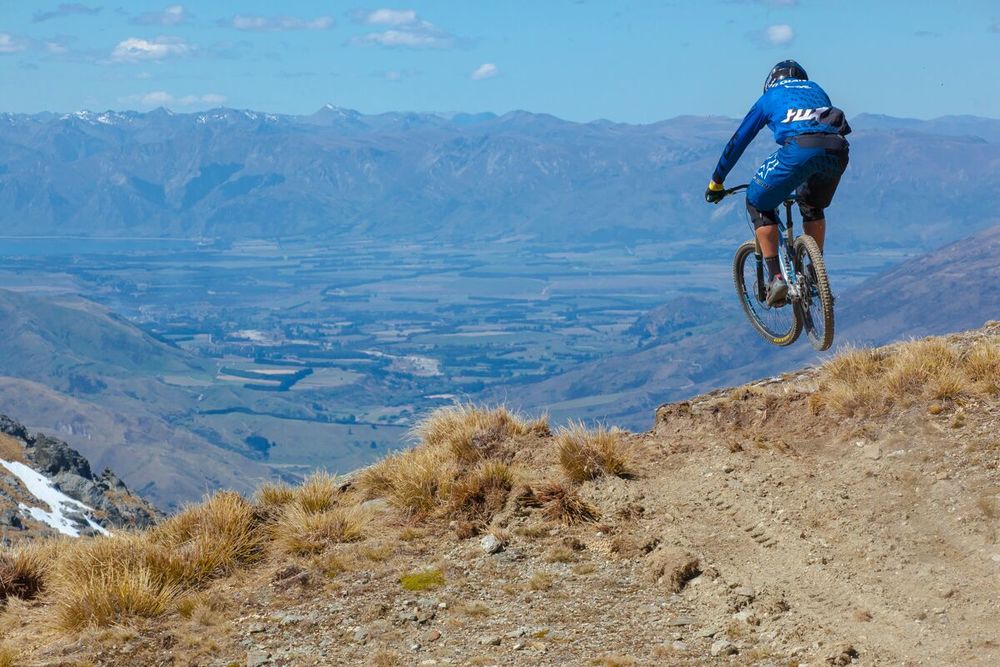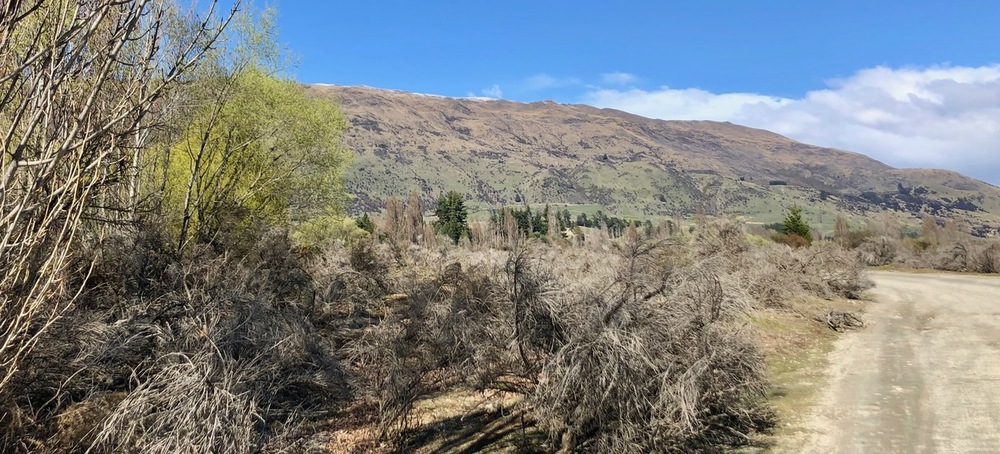Getting close to Cardrona’s kārearea
Zella Downing
08 January 2021, 5:06 PM
 The kārearea (New Zealand falcon) PHOTO: Chifuyu Horikoshi
The kārearea (New Zealand falcon) PHOTO: Chifuyu HorikoshiLandowners and conservation forces have joined forces in the Cardrona Valley to learn more about threats facing the country's top bird of prey, the kārearea (New Zealand falcon).
The Cardrona Foundation and Parker Conservation project, now in its second year, has been established to collect more data about the kārearea in order to understand how best to protect it.
The research covers the entire Cardrona Valley, from the Wanaka township to the Crown Range.
"There's not a lot known about kārearea in an alpine, intermontane environment. There is no quantified science to base decisions on," Cardrona Alpine Resort head of operations Ewan Mackie said.
The long term project is designed to shape future conservation measures. It has already identified where the birds are living, their flight range, and the survival rate of each nesting site.

Cardrona’s interest in the kārearea started after the bike park began summer operations. PHOTO: Cardrona Bike Park
Some of the most significant data deals with predation.
Falcons are the fastest bird in the world and a top predator, but it is defenceless on the land.
New Zealand avian evolution directs kārearea to nest on the ground, under logs or rocks and in among bushes. These scrapes offer secure protection from the elements, and when there were no predators, it was the safest and most efficient way to nest.
“Falcons do their fighting and defending on the wing," Ewan said, so stoats, rats, cats, and ferrets have the upper hand when it comes to robbing a nest because they are low to the ground and can get in to grab things very quickly.
Ewan began taking notice of the falcons when the Cardrona Bike Park opened for summer business.

Seven kārearea nests are being monitored in the valley. PHOTO: Wanaka App
“Having the opportunity to get up close to these beautiful, powerful little missiles is amazing...really spectacular,” he said.
He tapped into the Cardrona Foundation's appetite for environmental and charitable projects and contacted Graham Parker, a pre-eminent falcon expert.
Together they are working to answer some important questions, such as: Are the falcons nesting up here? What's the survival rate of their nest sites? What's working well, and what's not working well for them?
The Department of Conservation (DOC) has issued a permit for the work to be completed.
"It's endemic wildlife that we are studying, so we can't do this work without DOC's permission." Ewan said.
Motion-capture wildlife cameras are installed on all of the nests that have been found. Currently seven nests are being monitored. Birds are also captured and banded so that their movements can be tracked.
Ewan says the importance of studying these birds goes beyond protecting the bird itself: The health of a top predator is an indication of the health of the ecology of an area.
"The falcon is the top predator in any ecological environment in New Zealand, or should be. We're not just studying the bird; we're getting a measure of the health of the environment of the Cardrona Valley."
The Cardrona Foundation provides most of the funding for the project, but funding assistance is vital if the project is to stay viable for the full five years, Ewan said.
The Hugh Green Trust has donated $10,000 and Alpine Access Limited, a snowmobile enthusiast group, has donated $1,000. Contributions like this ensure that the project can stay in place.
Almost every landowner and farmer in the Cardrona Valley is helping with the project in some way.
"This really is a community based project." Ewan said.
"Long time Cardrona Valley residents have provided historical records of old nesting sites and bird behaviours. This information helps us set the scene and understand the baseline."
Landowners and locals have also welcomed the researchers and invited them onto the land, and “the project couldn't exist without that", Ewan said.
"Their passion and commitment towards the birds, and therefore the environment, blows me away.”
Ewan and Graham have hosted several information and community engagement evenings within the Cardrona village, and Ewan says the project is bringing people together.




